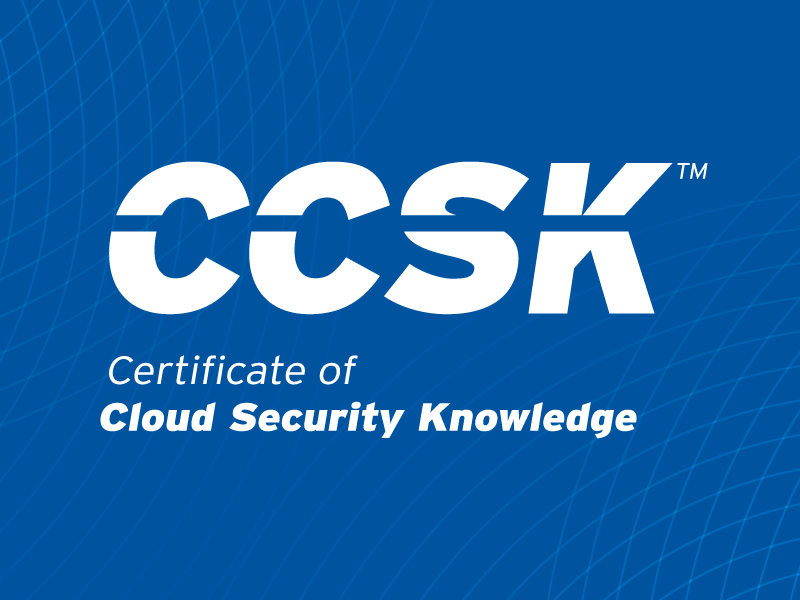A Business Guide to…Protecting Personal Information on Social Media
Published 07/30/2025
Written by Abel E. Molina, Cybersecurity Architect, Softchoice.
Today almost every business maintains a presence on social media. Platforms like Facebook, Instagram, Twitter, and LinkedIn are powerful tools for reaching new customers, building brand awareness, and staying connected with audiences. However, they also come with risks—especially when it comes to protecting personal and company information.
Oversharing can put your business, your employees, and your customers at risk. To help you steer clear of these dangers, this blog offers straightforward advice, easy-to-follow steps, and real-life examples of what can go wrong—and how to do things right.
Why Social Media Can Be Risky for Businesses
Social media thrives on information sharing. While being open and engaging can build trust, sharing too much or sharing the wrong information can have serious consequences.
- Data Breaches: Sensitive data can be stolen if it’s accidentally posted or if accounts are hacked.
- Identity Theft: Criminals can use personal details to impersonate individuals or organizations.
- Reputation Damage: Overexposing internal operations or employee information can lead to public backlash.
- Legal Issues: Sharing confidential or regulated information can result in lawsuits or fines.
Real-Life Example: Employee Information Oversharing
A marketing firm posts a “Meet Our Team” photo on LinkedIn. Each team member’s name and job title are included, along with their work email addresses. Scammers use this information to send phishing emails to employees, pretending to be other team members or clients.
Lesson: Sharing names and roles may seem harmless, but combined with emails or other contact details, it can make employees targets for scammers. Think carefully about how much personal data you share about your staff.
Tips to Protect Personal Information on Social Media
- Review Before Posting: Always double-check text, images, and videos before they go live. Look for anything that reveals sensitive info—addresses, phone numbers, computer screens, schedules, or financial documents.
- Train Your Team: Make sure everyone who posts on your accounts understands the risks. Regularly train staff on what is safe to share and what is not.
- Limit Personal Details: Avoid posting employee birthdays, home addresses, or direct contact information online. Use general contact details or direct messages for communication.
- Control Account Access: Restrict access to business social media accounts to trusted individuals. Use strong, unique passwords and enable two-factor authentication.
- Have a Social Media Policy: Establish clear guidelines for what can and cannot be posted. Make sure everyone understands and follows these rules.
- Update Privacy Settings: Adjust the privacy settings on your social media accounts to limit who can see your posts, especially personal or internal content.
- Monitor Your Accounts: Regularly check for unauthorized posts, comments, or changes. Set up alerts for suspicious activity.
- Avoid Sharing in Real Time: Be careful with live updates, especially from business trips, events, or meetings. Real-time posts can reveal your location and schedule.
- Think Like an Outsider: Before posting, ask yourself: “If someone I don’t know saw this, what could they do with it?”
Real-Life Example: The Price of Oversharing Company Plans
A tech startup announces on Twitter that it’s developing a prototype for a new product, including photos of design sketches. A competitor, watching closely, speeds up their own project and beats the startup to market.
Lesson: Announcing plans too early or sharing detailed images can give competitors an unwanted advantage. Protect your ideas until the time is right.
How to Spot and Prevent Oversharing
Oversharing often happens in the excitement of a big event or a company milestone. Here are ways to spot and prevent it:
- Checklist Approach: Before posting, run through a quick checklist: Does this reveal private details? Is there confidential info in the background? Are we showing anything not meant for public eyes?
- Designate a Social Media Gatekeeper: Assign one or two trusted people to approve all posts. This extra step can catch mistakes before they go public.
- Schedule Regular Audits: Every few months, review your social media profiles for past posts that might reveal too much. Delete or edit as needed.
- Listen to Feedback: If an employee, customer, or follower alerts you about an unsafe post, take it seriously and respond quickly.
Protecting Your Customers
Social media isn’t just about your business—it’s also about your customers. Here’s how you can protect their information:
- Never Share Customer Details Without Consent: Don’t post photos, testimonials, or stories involving customers unless you have their written permission.
- Use Anonymized Examples: If you want to share a success story, use generic details or blur out identifying info.
- Be Careful with Direct Messages: Don’t ask for sensitive information through Facebook Messenger, Instagram DMs, or similar channels. If it’s necessary, move the conversation to a more secure medium.
- Respond to Privacy Concerns: If a customer asks you to remove a post or stop sharing their information, do so promptly and courteously.
Real-Life Example: The Case of the Leaked Customer List
A gym celebrates gaining 100 new members by posting a screenshot of their achievements. The image accidentally includes part of a spreadsheet with customer names and phone numbers. One customer notices and complains online, resulting in negative publicity and potential legal trouble.
Lesson: Always check images and files for hidden data or sensitive information before sharing them with the world.
In Summary
Social media can help your business grow, connect, and flourish. But with great reach comes great responsibility. Every post, photo, and comment is a chance to strengthen—or weaken—your business’s reputation and security.
Protecting personal information isn’t just about avoiding legal trouble; it’s about earning your customers’ and employees’ trust. By taking a few simple precautions and learning from the mistakes of others, you can enjoy the benefits of social media while keeping your business safe from the real dangers of oversharing.
Remember: Think before you share. Your business, your staff, and your customers will thank you for it.
About the Author
 Abel E. Molina is a Cybersecurity Architect for Softchoice. He has over 20 years of experience in the IT industry, specializing in security, cloud, hybrid, and server solutions. He has worked in several roles as an IT consultant engineer, a security engineer, a solutions architect, and a subject matter expert for Microsoft. His dedication to security and zero trust principles has made him an invaluable asset to major enterprises across North America as they transition and implement zero trust frameworks.
Abel E. Molina is a Cybersecurity Architect for Softchoice. He has over 20 years of experience in the IT industry, specializing in security, cloud, hybrid, and server solutions. He has worked in several roles as an IT consultant engineer, a security engineer, a solutions architect, and a subject matter expert for Microsoft. His dedication to security and zero trust principles has made him an invaluable asset to major enterprises across North America as they transition and implement zero trust frameworks.
Unlock Cloud Security Insights
Subscribe to our newsletter for the latest expert trends and updates
Related Articles:
The Internet is a Single Point of Failure
Published: 11/21/2025
Implementing CCM: Threat & Vulnerability Management Controls
Published: 11/21/2025
Red Teaming Voice AI: Securing the Next Generation of Conversational Systems
Published: 11/20/2025
It’s Time to Make Cloud Threat Modeling Continuous
Published: 11/20/2025






.jpeg)

.jpeg)
.jpeg)